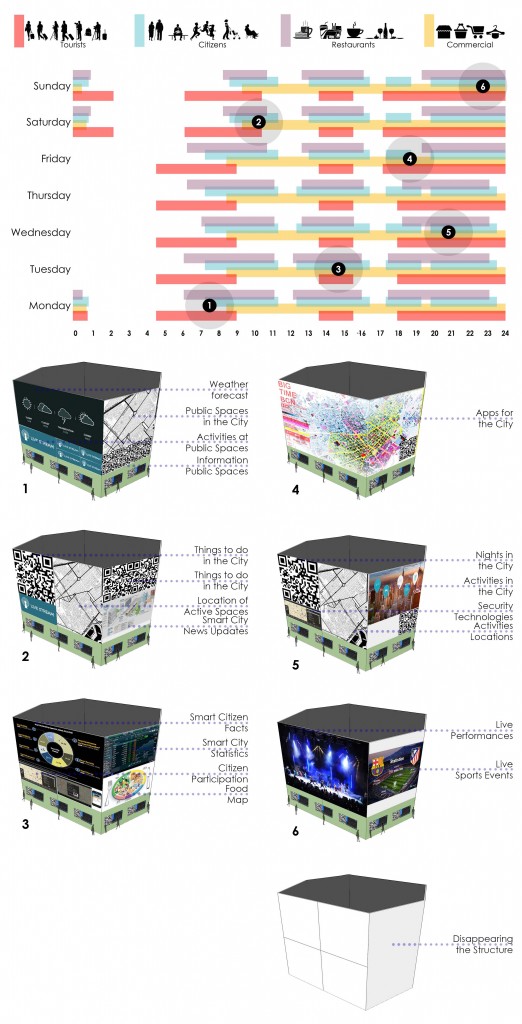
90% of the world’s data was created in the last 2 years
By 2020, it is predicted that there will be 50 billion devices connected to the internet – from smart meters to self-driving cars. The number of people using the internet will be outnumbered by the number of devices using it.
We are on the eve of the next era in the information age. Harnessing this new, rich source of data can be valuable but it can also be overwhelming, particularly across an entire city. There are already vast swathes of data about our cities but unfortunately much of it is difficult to find. It is typically locked away within different organisations, each using it for a specific purpose but not necessarily understanding the value it could provide to the city as a whole.
As cities strive to become more responsive to citizen needs, they turn to the flexibility of IP networks to deliver converged voice, video, and data services. Cities are seeing a shift in market demands from a reactive management approach to a proactive monitoring and management solution. Operations Centers typically gather data and video feeds from across the globe and these multiple data sources traditionally result in a number of monitoring areas and display screens.
What Infrastructure can provide to a city:
- Transparent Governance
- Provide new insight into how the city and local communities work
- Improve partnership working
- Improve engagement between service providers in the city and Citizens
- Improve planning and regeneration Enable the re-design of the services provided in the city
- Help shape policy decisions Stimulate innovation to create economic growth in the city
The self adapting screens based on time, on the exterior of the building:

Smart City Infrastructure – Smart City Operation Center is a project of IaaC, Institute for Advanced Architecture of Catalonia developed at Master in City and Technology in 2015 by:
Students: Mohit Chaugule
Faculty: Willy Müller